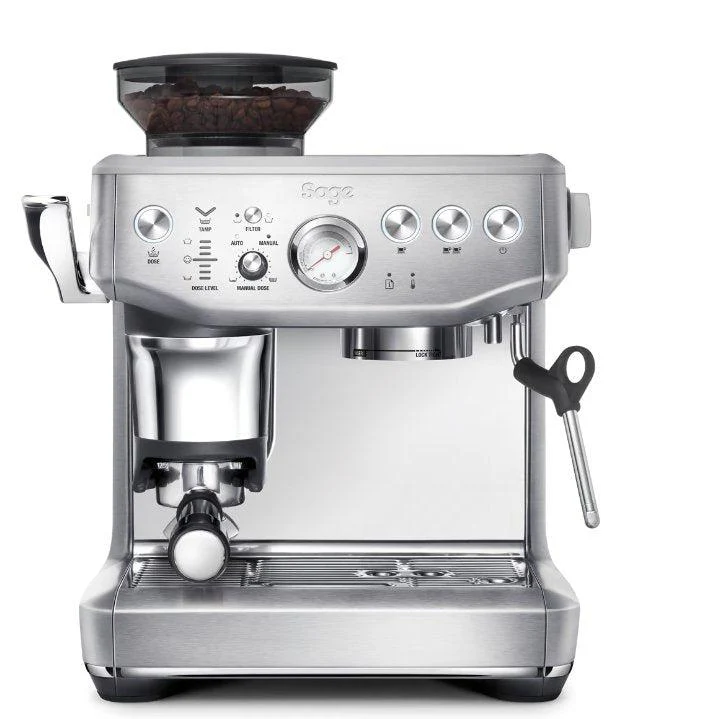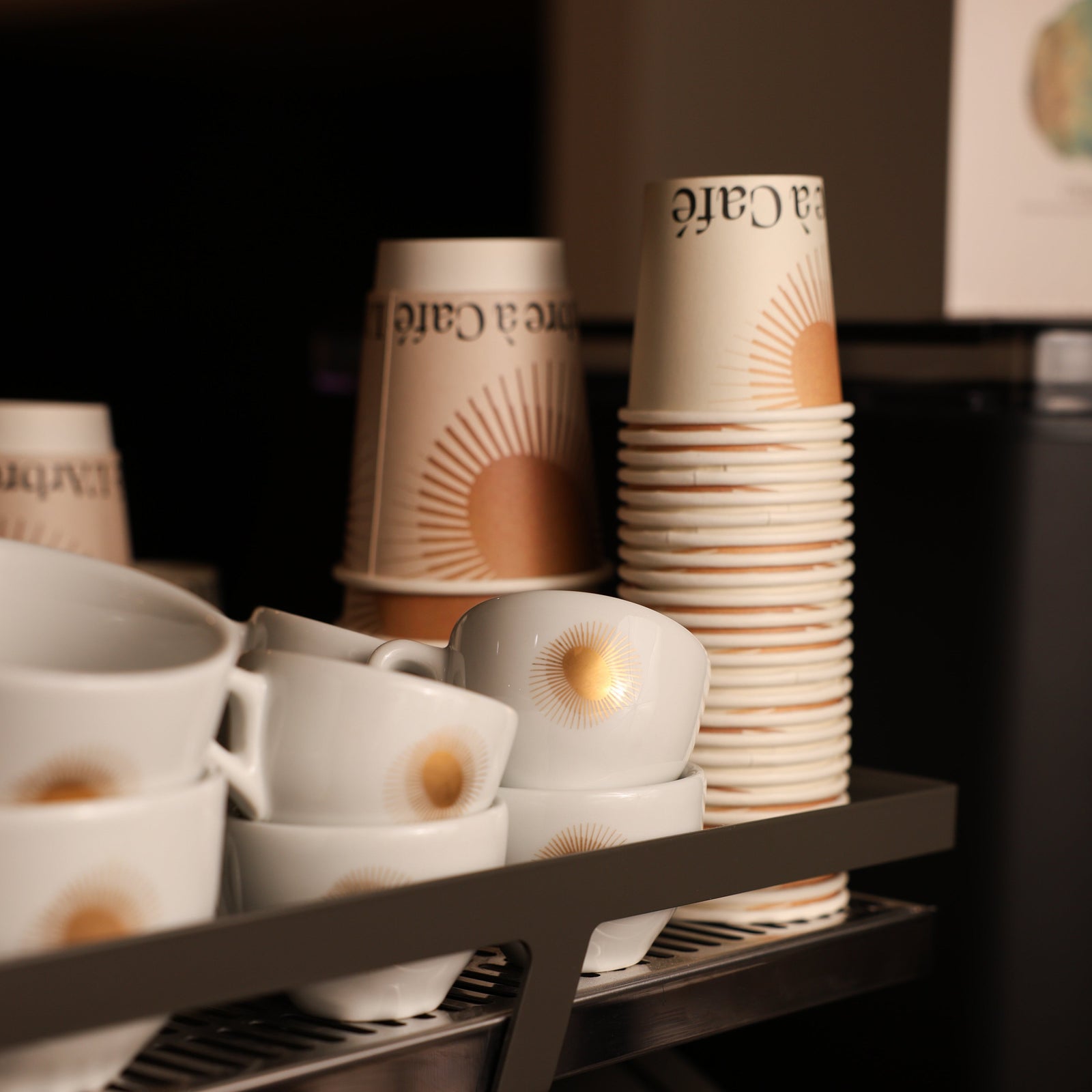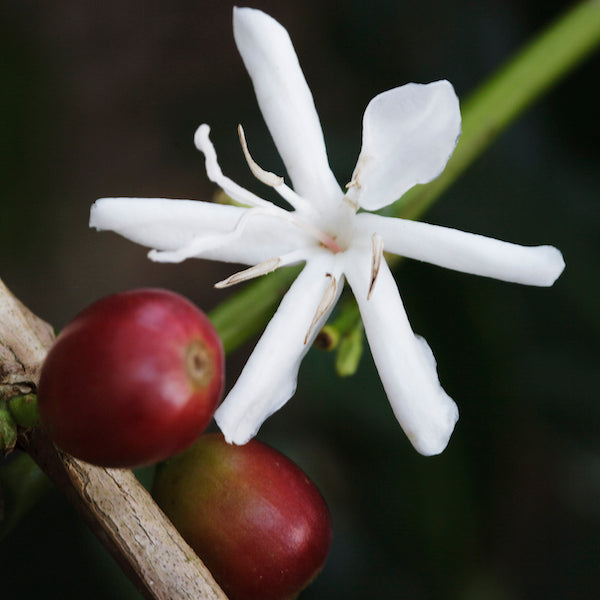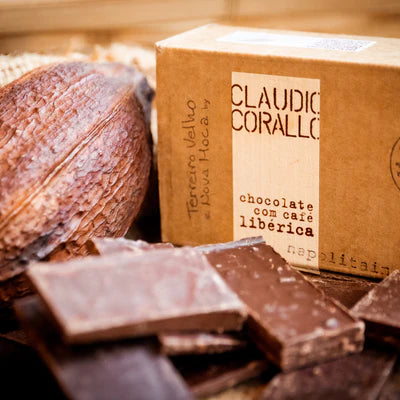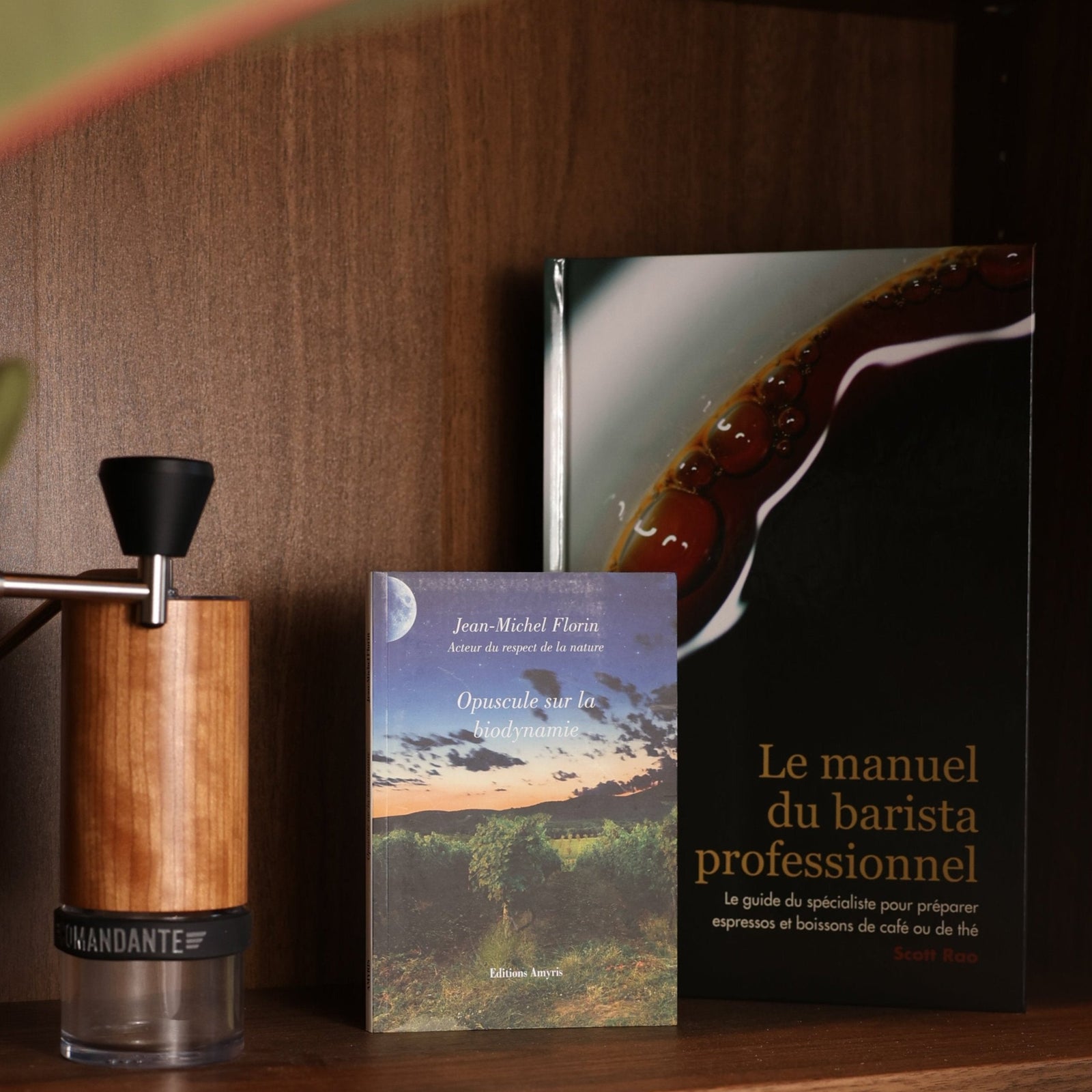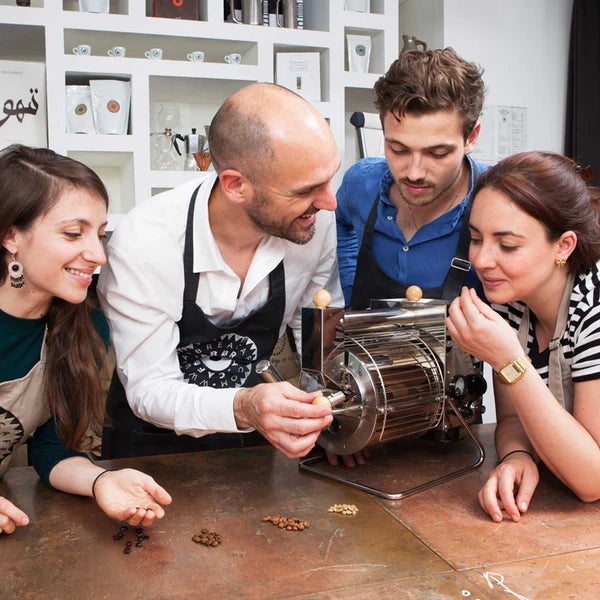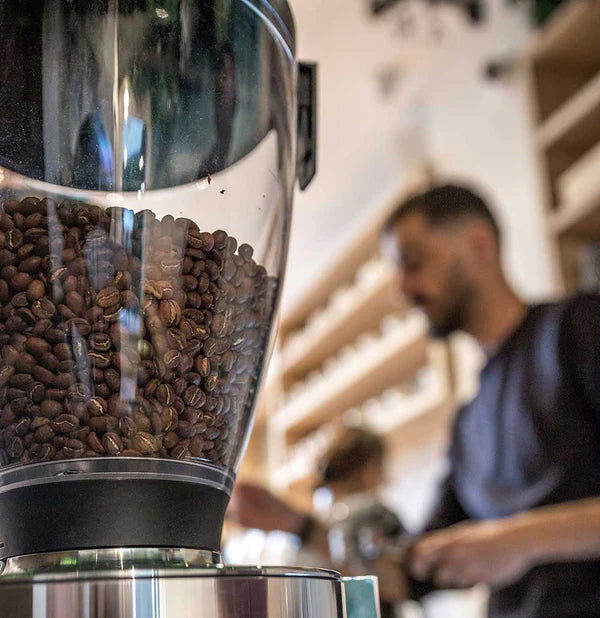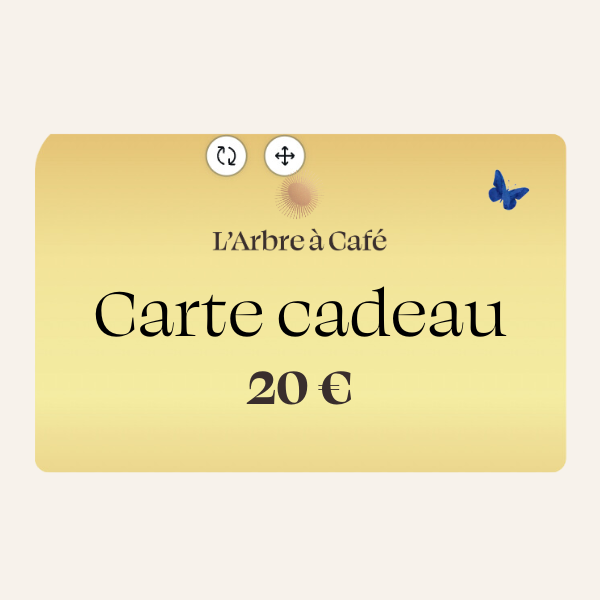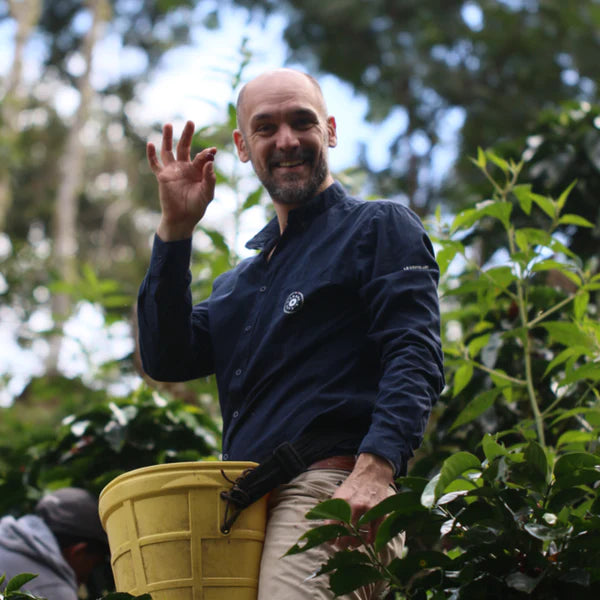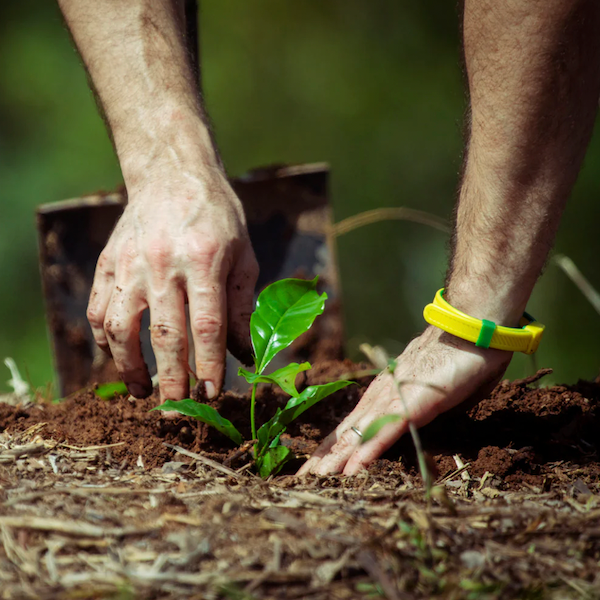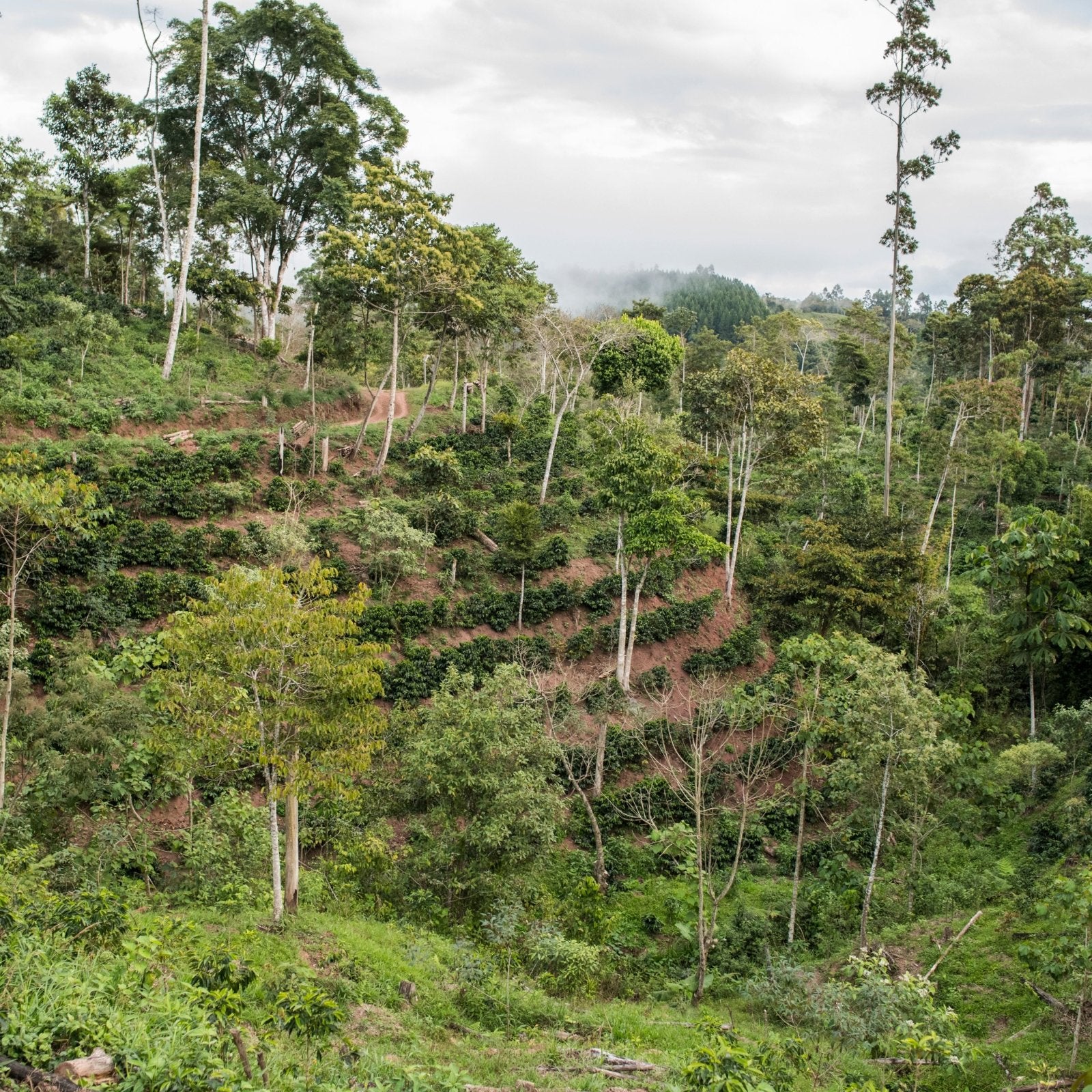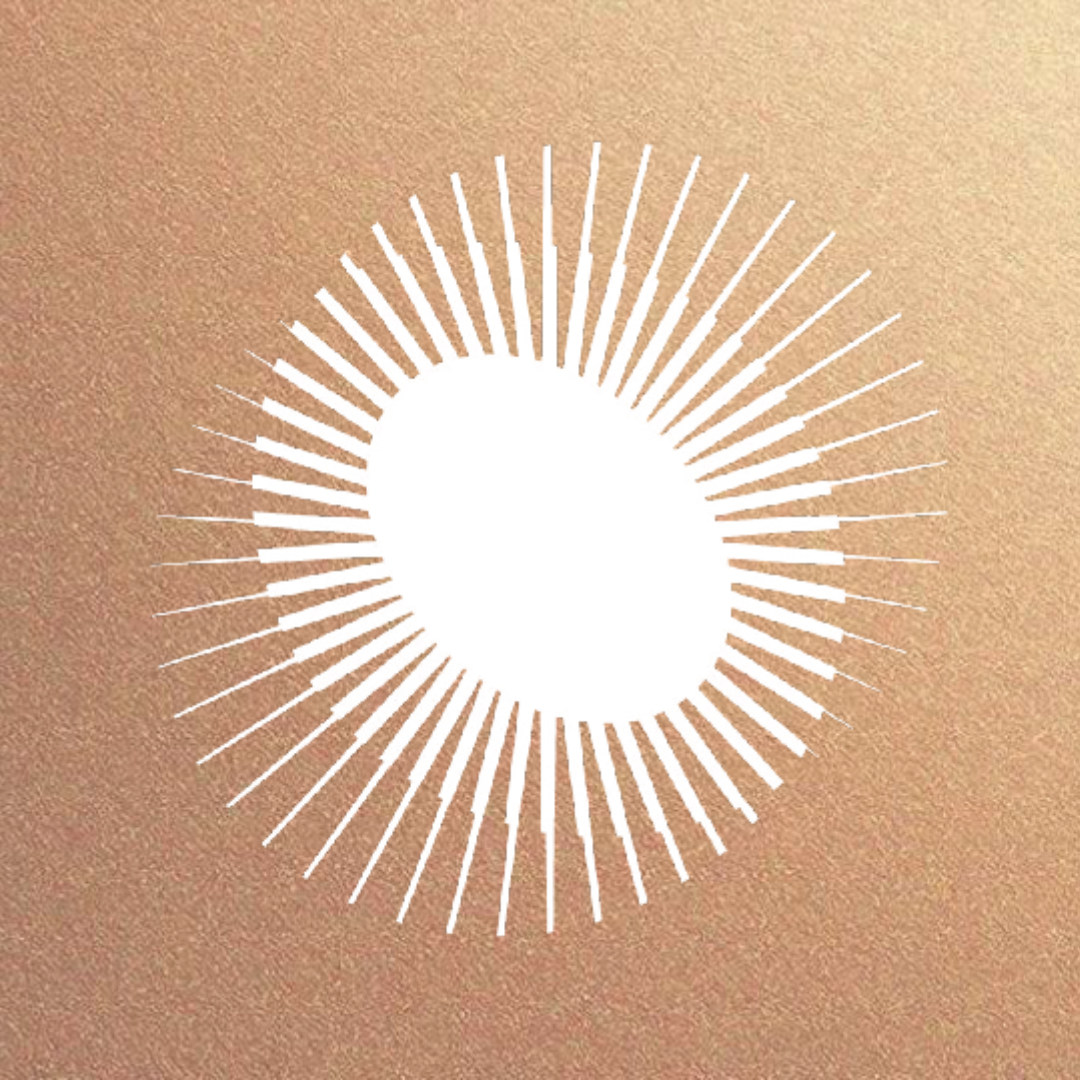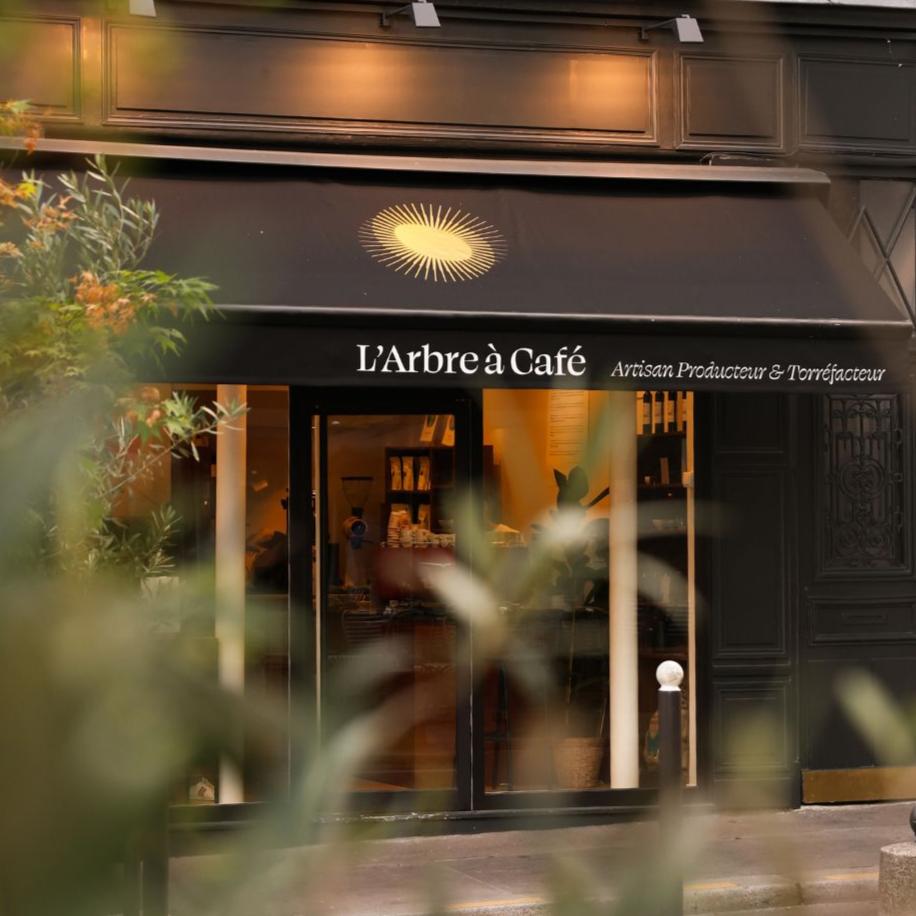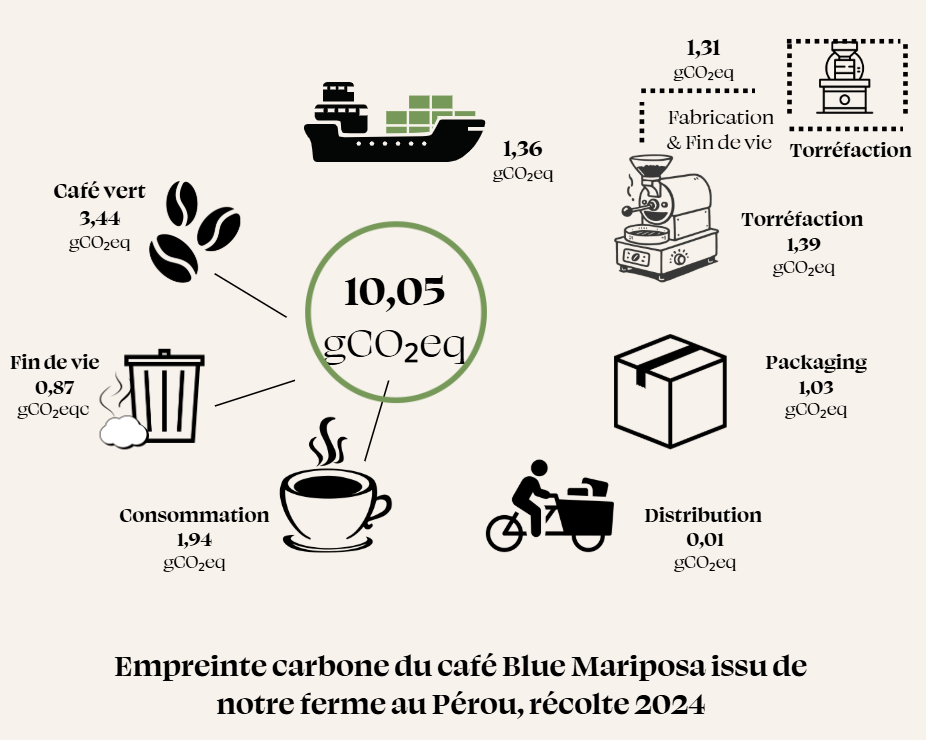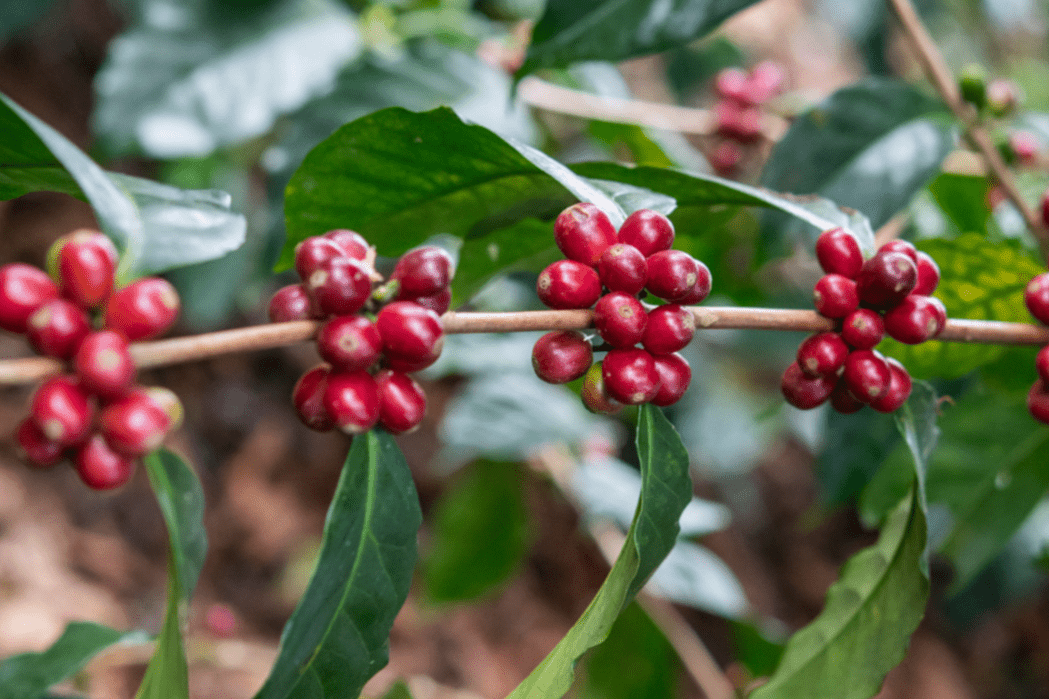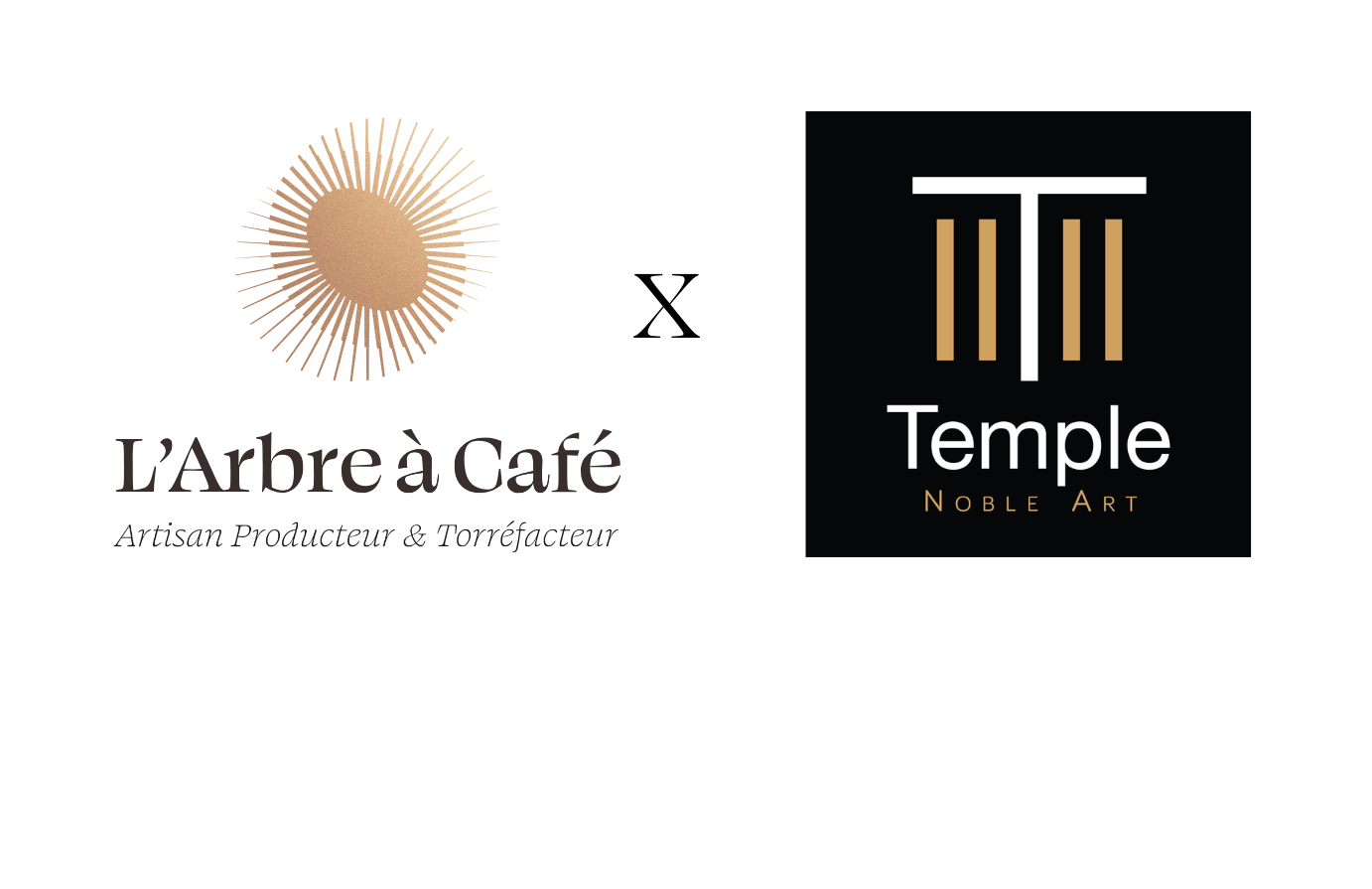Some campaigns currently conducted in the Mascarene Islands, East and Central Africa, suggest that this number will increase further.
However, this diversity is not always valuable for humans. Indeed, only four or five species are edible. The others are unfit for consumption, or without organoleptic interest, or too little productive.
The three species really consumed are: Coffea Canephora (commercially called Robusta), which represents 35% of the world production, Coffea Arabica (65% of the world production) and, in the process of very advanced decline, Liberica. Arabica comes from the Ethiopian highlands, Robusta from several areas in Côte d'Ivoire, the Congolese forest and Uganda, and Liberica from the Gulf of Guinea.
The other non-cultivated species are found throughout Africa, particularly in the Comoros region and Madagascar. If man appeared in the Horn of Africa, coffee trees probably appeared in Central Africa, somewhere between present-day Cameroon, Gabon and Central Africa.

Coffee varieties with strong personalities
The two species consumed worldwide, Robusta and Arabica, are very different from each other. The first has 22 chromosomes, is allogamous and diploid, while the second has 44 chromosomes, is autogamous and allotetraploid. The Robusta grows readily in the plain, at low altitude and in the sun, while the Arabica seeks altitude, shade and hillsides, temperate temperatures.
The first species, Robusta, is characterized by its aromatic power marked by rubber, bitterness and a high percentage of caffeine (around 3%), while the other, Arabica, is appreciated for its aromatic complexity and its low caffeine content (around 1.2%).
However, Arabica owes a lot to Canephora since it is a cross between Coffea Canephora and Coffea Eugenoid, another native species, as scientists have recently demonstrated. The Coffea Arabica, after its appearance more than 15,000 years ago, has multiplied in its original territory in the southwest of Ethiopia. As we will see later, only a few Arabica plants have colonized the world, and therefore the number of varieties cultivated in the world is relatively small, about a hundred, while the number of varieties (or populations) present in Ethiopia would be more than 5000 but, as in wine or apples, an extreme minority dominates.
We speak about pure variety, that is to say old and not modified: Bourbon (Red or Yellow), Typica, Geisha, Rue Sudan ... natural mutants from these varieties as the Caturra, Blue Mountain, Maragogype ... then varieties born of voluntary crosses as the Pacamara, the Red Iapar etc ..., that born of crosses from the hybrid Robusta-Arabica as the Catimor or Sachimor, and with as the last generation registered varieties Marsellesa or El Castillo.

Some figures on Coffea Arabica, the most widespread species.
The production
- 50 kg (non-viable) to 3,500 kg/hectare of green coffee
- 1,500 to 13,500 plants/hectare: these are the plantation densities.
The plant
- 125 species of Coffea for 6,000 varieties (or populations):
- 10 to 15 meters: this is the natural height of the coffee tree.
- 2 to 3 meters: it is the height at which the pruning is practiced for the harvest.
The fruit
- 9 months: it is the duration of maturity of the fruit on foot. The fruit can be red, yellow or purple.
- 2,5 kg : it is the number of fruits produced by shrub, that is 500 g of green coffee for 400 g of roasted coffee.
You now know the major differences between an Arabica, a Robusta and a Liberica coffee. To continue your reading, do not hesitate to consult our article how to choose a good coffee or our practical guide to make a success of your filter coffee, your espresso or your Chemex or AeroPress preparation.
You can also ask us your questions on our facebook page and, for the most motivated, you can register for our training sessions.

